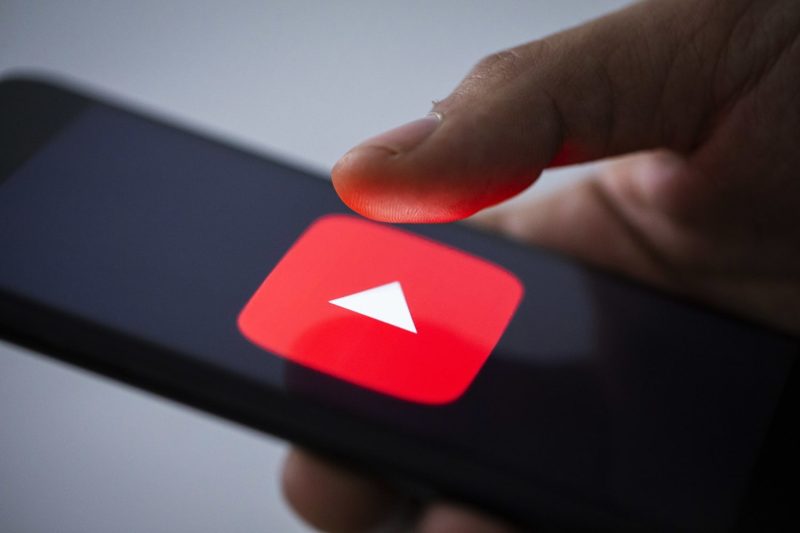YouTube’s Dominance in the Living Room: Friend or Foe to Media Companies?
YouTube has emerged as a dominant force in the entertainment industry, particularly in the living rooms of millions of households. As more and more consumers turn to online streaming services for their media consumption, traditional media companies are facing a dilemma – is YouTube a friend or a foe?
Friend: Embracing the Power of YouTube
For many media companies, YouTube represents a valuable platform to reach a wider audience and engage with viewers in a more interactive way. The platform’s vast reach and global audience make it an attractive option for companies looking to expand their presence in the digital realm. By leveraging YouTube’s user-friendly interface and analytics tools, media companies can better understand their audience’s preferences and tailor their content accordingly.
Additionally, YouTube provides a cost-effective way for media companies to distribute their content and generate revenue through advertising and brand partnerships. With the rise of influencer marketing and sponsored content on the platform, companies can collaborate with popular YouTube creators to promote their products and services to a highly engaged audience.
Moreover, YouTube’s algorithm-driven recommendation system can help media companies increase viewership and keep users engaged by suggesting relevant videos based on their interests and viewing behavior. This level of personalization can lead to higher retention rates and drive more traffic to a company’s channel, ultimately boosting their online presence and brand awareness.
Foe: The Challenge of Monetization and Competition
Despite its advantages, YouTube’s dominance in the living room also poses challenges for traditional media companies. The platform’s ad-based revenue model can be unpredictable, with fluctuations in advertising rates and revenue sharing policies impacting companies’ bottom lines. This uncertainty makes it difficult for media companies to rely solely on YouTube as a primary source of income, especially as the competition for viewers’ attention continues to intensify.
Furthermore, the rise of user-generated content and independent creators on YouTube has increased competition for media companies vying for viewership and ad revenue. With so much content being uploaded to the platform every minute, it can be challenging for companies to stand out and attract a loyal audience. This saturation of the market can make it hard for media companies to compete with the sheer volume of content available on YouTube, leading to lower viewership and engagement rates.
Additionally, concerns around brand safety and ad placement on YouTube have made some media companies hesitant to fully embrace the platform. The risk of their ads appearing next to controversial or inappropriate content can tarnish a company’s reputation and damage their brand image, highlighting the need for stricter moderation and content guidelines on YouTube.
Ultimately, the decision of whether YouTube is a friend or a foe to media companies depends on how they navigate the opportunities and challenges presented by the platform. By understanding the power of YouTube as a digital marketing tool and adapting their strategies to suit the ever-evolving media landscape, companies can leverage the platform’s reach and engagement to their advantage, turning YouTube into a valuable ally in the competition for viewers’ attention.
